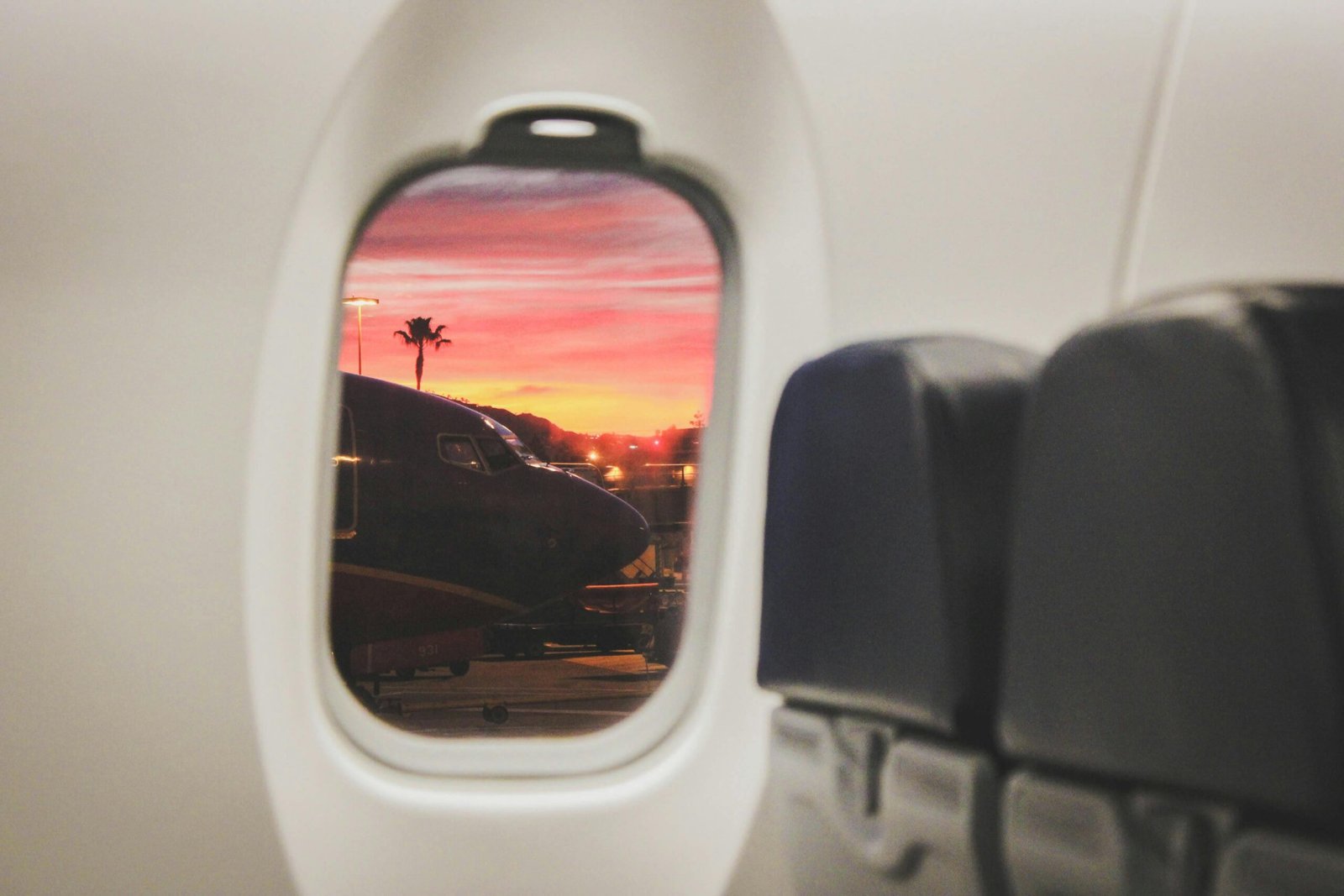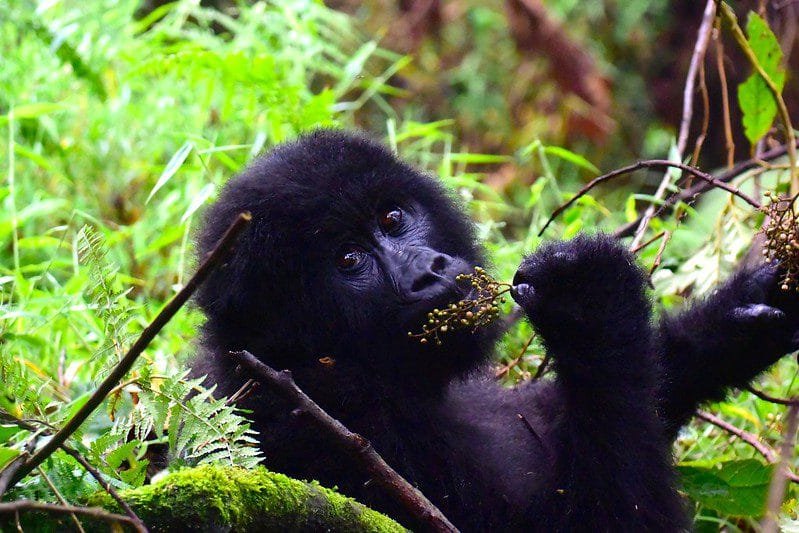
INTERNATIONAL
info@allinafricasafaris.com
INTERNATIONAL, 24/7 Help Support
USA/CANADA | M-F 9:00 am - 5:00 pm

Mgahinga National Park is home to many animals and primate species, including the endangered golden monkeys, vervet monkeys, red-tailed monkeys, patas monkeys, Mangabey, serval cats, golden cats, forest hogs, bush babies, buffaloes, blue monkeys, bushbucks blue monkeys, black and white colobus monkeys, and reptiles like snakes, geckos, and chameleons, in addition to its well-known tourist attractions, the mountain gorillas.
Furthermore, Mgahinga National Park is the smallest national park in Uganda, covering only 33 square kilometers of lowland land, and is located in the southwest of the country at an elevation of 2,227 to 4,127 meters. It was established to protect the rare endangered mountain gorillas that live there, as well as providing exceptional habitat for the endangered golden monkey.
Known as the indigenous tribes that live at the edge of the forests and depend on subsistence farming on the mountain slopes utilizing terracing, the Batwa people and other locals, the Bakiga and Bafumbira, are also among the main attractions in the Mgahinga.
Unfortunately, the national park has experienced human encroachment and strain on its land and forest due to population pressure, which has resulted in deforestation in places near human settlements. Relatively intact are the bamboo plant covers that are accessible for hiking both at the base of the mountain and at its summit.
Even though the Uganda Wildlife Authority, or “UWA,” has made every effort to prevent poaching, the number of people living in towns outside the park still poses a concern. It should be noted that the Uganda Wildlife Authority has developed community tourism initiatives that have improved relations between the local tribes, park officials, and wildlife.
From Kampala or Entebbe, Mgahinga National Park is reachable by plane or road. Additionally, it takes roughly 509 kilometers to go reach the park from Kampala. It takes almost nine hours to go from Kampala along the Mbarara-Masaka-Kampala highway.
It is advised that you utilize a four-wheel drive vehicle to traverse this section of road. Although the road trip from Kampala appears to be lengthy, it is rewarding due to the stunning countryside and the chance to stop briefly to observe the equator in Kayabwe and discover hidden views.
Visitors can also take the shorter route from Kigali International Airport to Mgahinga National Park by crossing with Uganda via the Katuna or Cyanika borders. The four-hour drive is strongly recommended.
Furthermore, a significant number of visitors from Rwanda-Kigali travel to Mgahinga National Park for gorilla trekking, which is permitted by law. Gorilla permits in Rwanda cost USD 1,500 per person per trek, whereas those in Uganda cost USD 800 per person.
If you are unable to drive long distances, you can organize a domestic aircraft or charter one from Entebbe International Airport or Kajjansi Airstrip to Kisoro Airstrip, which is close to the park. Please be aware that reservations for the local flight must be made in advance. Tour agencies can assist you with booking both the local flight and ground transportation from the Kisoro airport to the park, which takes “1:30 hours.”
There are many amazing things to do when you visit Mgahinga National Park, such as tracking golden monkeys, bird watching, mountain climbing, nature hikes, cultural visits, and many more.
The 3-Day Gorilla Tours in Mgahinga Package is the greatest trip package that travelers can take. Activities in Mgahinga National Park begin at the Ntebeko visitor center.
Gorilla trekking and tracking: Mgahinga is home to approximately 300 gorillas, whereas Bwindi is one of Uganda’s two gorilla national parks. Only half of the remaining mountain gorilla population is found in Bwindi. Two gorilla groups—the completely habituated Nyakagezi gorilla group and the Hirwa group—as well as Bwindi boosters, which have more than 22 habituated gorillas, are available for trekking in Mgahinga National Park.
One of the most popular tourist destinations worldwide is gorilla trekking, which has drawn tourists from all over the world to Uganda, Rwanda, and Congo, the home countries of endangered mountain gorillas. But the activity begins early in the morning, following breakfast, and visitors are driven to the park headquarters for a briefing on gorilla rules and regulations.
Following a briefing, gorilla trekking in Mgahinga begins at 8:00 am. Park rangers guide guests to the designated gorilla group. Expect to observe primates, noteworthy bird species, and stunning greenery while walking. Although there is a good probability of sighting mountain gorillas, the duration of gorilla trekking is determined by the gorillas’ movements.
You are granted an hour to spend with the gorilla family after you have assigned them, during which you can observe and learn about their habits, diet, and way of life. Major Tourist Attractions in Mgahinga National Park, Uganda Wildlife Authority Offices in Kisoro, or trustworthy tour operators may help you purchase a gorilla permit, which costs USD 800 per person.
The months of June through August and December through February are the ideal times of year to go gorilla trekking.
Known for being hunter-gatherers, the Batwa tribe resides in the vicinity of Mgahinga Gorilla National Park and subsists on honey, fruits, and anything that has been hunted. You can experience their cultural entertainment by going there and hearing their beautiful traditional songs, as well as many other things. Access to the Batwa trails costs USD 80 per person per day.
Nature walks
The lakes, rivers, swamps, and virgin forests where this activity is conducted make for great locations for nature excursions in Mgahinga. The trails also take you to the lovely village plantation, where you can have a close-up look at the Batwa tribe’s famous forest keepers and hunters, making for an experience of a lifetime.
Golden monkey trekking
In this thrilling experience, you will get the opportunity to interact with a lively and playful primate that lives in big groups of around 80 people. They prefer to spend much of their time perched atop trees, where they may eat on insects and bamboo shoots. You have an 85% chance of finding them, and if you do, you get an hour to watch how the group behaves and take some amazing pictures. Depending on how they go through the forest, the exercise could take anything from thirty to three hours.
Climbing mountains
You can have a climbing adventure on one of the three volcanoes in Mgahinga National Park: Sabyinyo, Mount Gahinga (3474 meters), and Muhavura (4127 meters). These three volcanoes, however, are located on the boundaries of Rwanda, the Democratic Republic of the Congo, and Uganda.
Therefore, we advise daring climbers to undertake their best trip around Mount Sabyinyo, which offers a unique chance to simultaneously stand between Uganda, Congo, and Rwanda. With views of the Virunga mountain range, marshes, unusual alpine vegetation, and the Rwenzori Mountains, among other major tourist attractions in Mgahinga National Park, climbing the top of any one of the three volcanoes will be an unforgettable experience.
Mgahinga birdwatching
The park is also a great place to go birdwatching, which is best done from April to May and November to April. Some of the bird species you can see here are the Red-throated alethe, Red-faced Woodland Warbler, White-starred Robin, Olive woodpecker, Dusky crimson wing, Great Double Collard Sunbird, Fire Finch Stonechat, Dusky Turtle Dove, Scarlet-tufted sunbirds, Chubb’s Cisticola, Olive pigeon, Mountain masked apalis, Olive woodpecker, Olive Thrush, and Pin-tailed whydah.
Lodging at the National Park of Mgahinga
In the shape of ideal hotels, lodges, campsites, and bandas, the park offers services that make tourists’ stays enjoyable and suitable for budget, mid-range, and luxury guests. Mgahinga Gorilla National Park has a number of hotels and lodges, including
Among these are Mutanda Lake Resort, Lake Mutanda Campsite, Chameleon Hill Lodge, Traveler’s Nest Camp, Mount Gahinga Rest Camp, and Lake Mulehe Safari Lodge.






